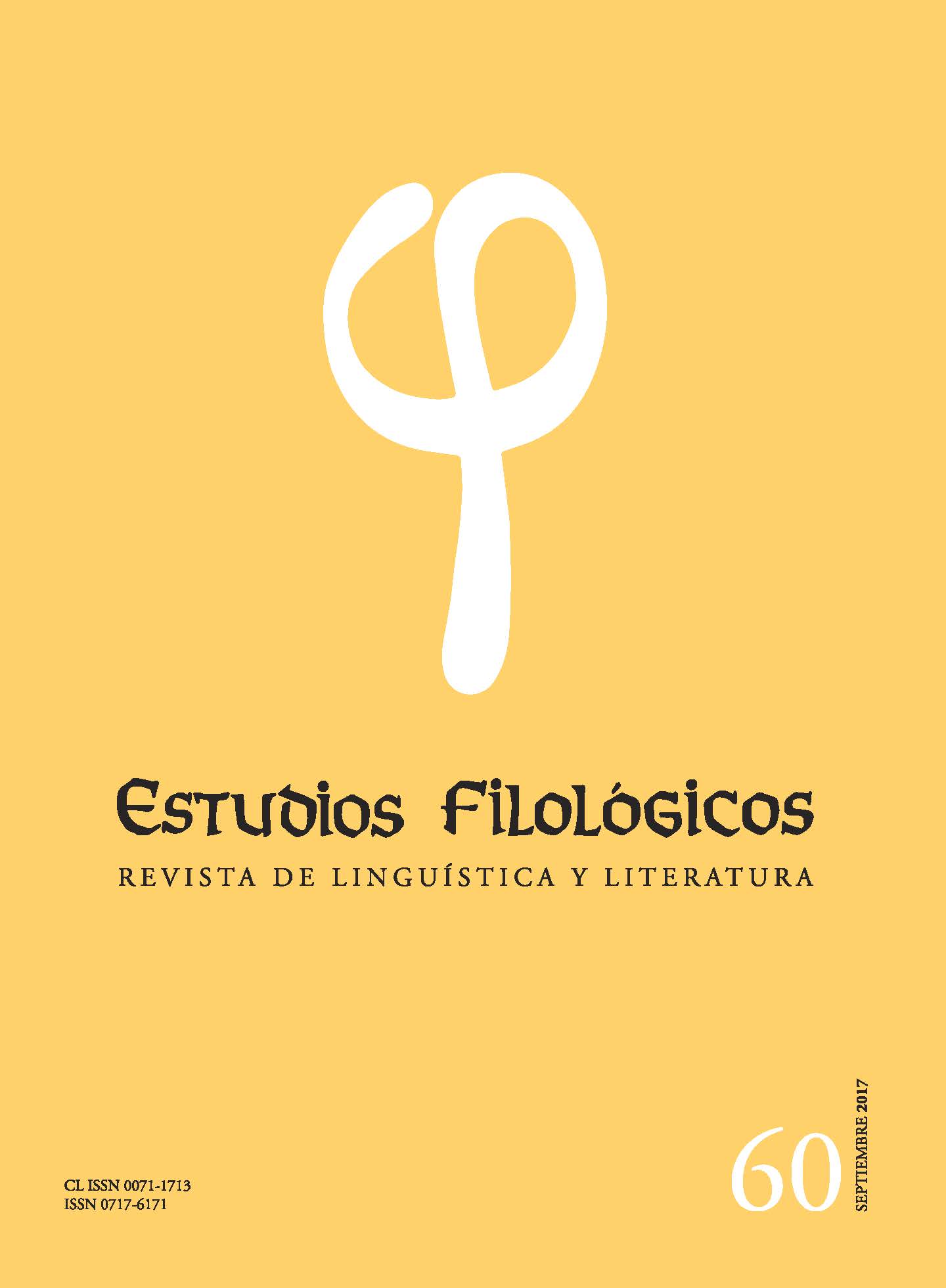Vocalic fillers in Spanish and Russian: acoustic characterisation and theoretical implications
Main Article Content
Abstract
This paper addresses the concept and function of vocalic fillers, reviews other studies that have described their acoustic structure in different languages, especially focusing on those about Spanish and Russian, and outlines some hypotheses about the real nature of these vowels. Next, in order to check those hypotheses, an acoustic analysis is presented, based on large samples of fillers produced by speakers of the two aforementioned languages. The results of this crosslinguistic analysis are then discussed and conclusions are drawn which are potentially interesting for phonetic and phonological theory. Specifically, it is argued that vocalic fillers may constitute an acoustic and articulatory unit clearly differentiated from the vowels that form part of the respective phonological systems, and that their precise characteristics may be highly dependent on language-specific overall articulatory settings (namely, on the base of articulation).

